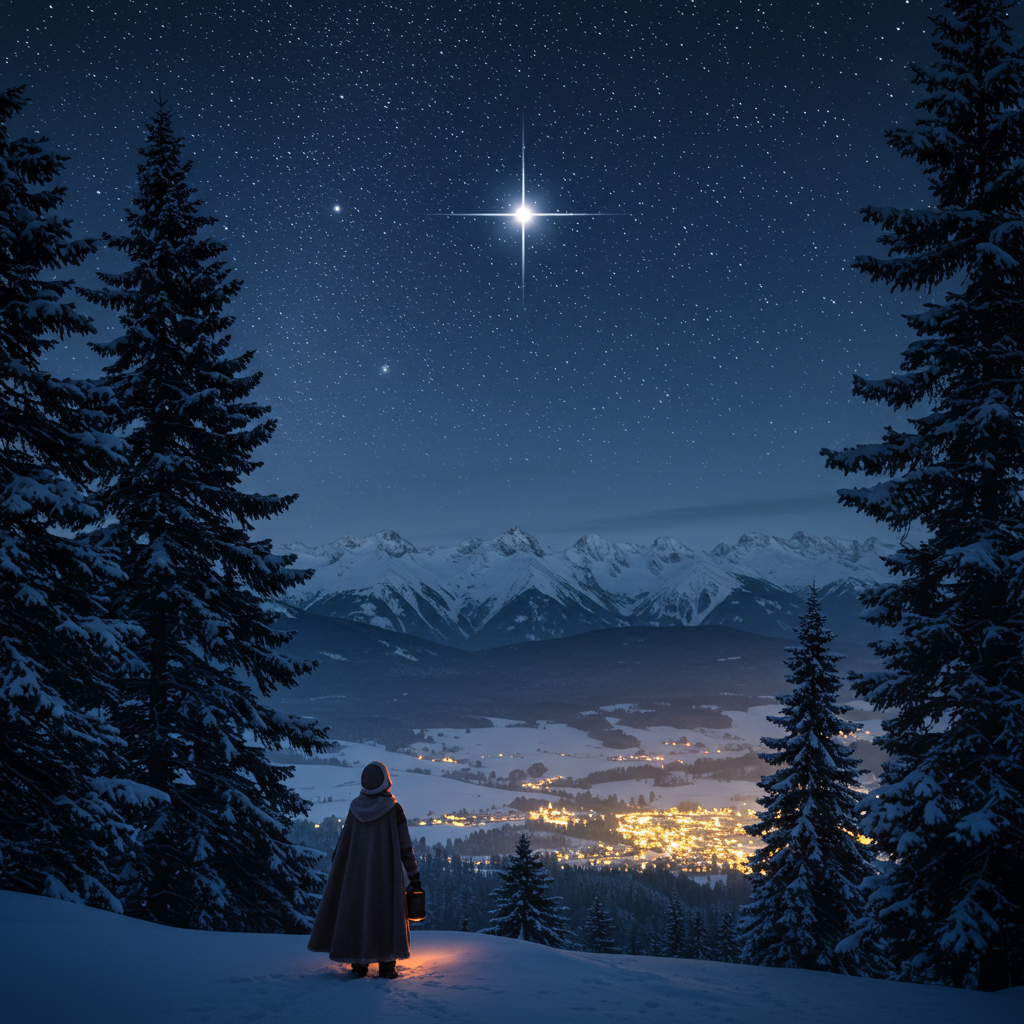According to widespread belief across multiple cultures, making a specific wish upon sighting the first star to appear after midnight on New Year’s Eve—especially when seen while standing outdoors during the precise moment of transition into the new year—ensures fulfillment of that wish over the next twelve months. The ritual centers on aligning the human desire for progress and success with the timeless, guiding nature of the stars. Adherents typically follow a structured approach: maintain unbroken eye contact with the star while silently formulating a single clear wish; do not speak the wish aloud; and express silent gratitude afterward. The symbolism lies in fusing the stability and constancy of the stars with the fresh potential of the year ahead, creating a moment of cosmic convergence.

A baby’s future career or fate is predicted by the first object they select during a ceremonial setup.
In several Asian and Eastern European cultures, a traditional ceremony is held for babies usually around their first birthday. Known


